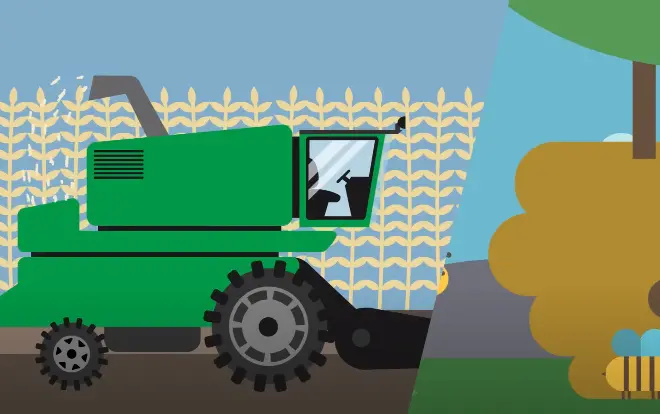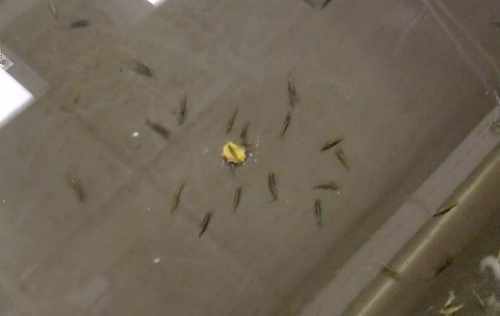As people are becoming more concerned about their health and the environment, the practice of organic farming is growing in popularity. This method of agriculture focuses on using natural methods and materials to grow crops and raise animals, with the goal of preserving ecological harmony and diversity while avoiding artificial substances.
Crop Diversity
One of the core principles of organic farming is crop diversity. Planting a variety of crops can prevent pests and diseases from spreading quickly, as they may be susceptible to different crops differently.
- Example: An organic farm might rotate between legumes, grains, and root vegetables across different seasons to enhance soil fertility and disrupt pest cycles.
Soil Fertility
Healthy soil is crucial for organic farming. Farmers avoid chemical fertilizers and instead use compost, green manures, and crop rotations to enrich the soil.
- Example: Organic farms often employ vermiculture (worm farming) to produce nutrient-rich worm castings that greatly benefit the soil.
Natural Pest Management
Instead of synthetic pesticides, organic farmers use beneficial insects, birds, and biological pest controls to keep harmful pests in check.
- Example: Introducing ladybugs to control aphids or using neem oil as a natural pesticide are common practices on organic farms.
Companion Planting
Companion planting involves placing plants together that benefit each other, either by enhancing growth, improving flavor, or repelling pests naturally.
- Example: Planting basil near tomatoes can help to repel insects and improve the taste of the tomatoes.
Weed Management
Weeds are handled through manual labor, mulching, or organic herbicides rather than chemical weed killers. Mulching with organic materials also helps retain soil moisture.
- Example: Organic farmers may use a thick layer of straw to suppress weeds in a vegetable garden.
Water Conservation

Water is used judiciously in organic farming. Techniques such as drip irrigation and rainwater harvesting help reduce water wastage.
- Example: An organic farm may install a rainwater collection system to irrigate crops during dry periods.
Animal Husbandry
Organic livestock are raised in humane conditions, with access to the outdoors and organic feed. Antibiotics and growth hormones are strictly prohibited.
- Example: On an organic dairy farm, cows may graze on organic pastures and receive organic feed, with plenty of space to roam.
Seed Sovereignty
Organic farmers often use heirloom or non-GMO (genetically modified organism) seeds to maintain biodiversity and avoid patented GMOs.
- Example: Organic farmers may exchange heirloom seeds with each other to preserve different varieties and adapt to local growing conditions.
Renewable Resources
Organic farming seeks to use renewable resources and conserve energy whenever possible.
- Example: Utilizing solar panels for power needs or employing draft animals for fieldwork can minimize fossil fuel dependence.
Community Involvement
Many organic farms focus on local markets and community engagement, offering consumers a connection with their food sources through farm tours and CSA (Community Supported Agriculture) programs.
- Example: A local organic farm may provide weekly vegetable boxes to the community through a subscription-based CSA program.
Conclusion
By implementing these methods, organic farming supports sustainable agriculture that benefits both the environment and consumers. It’s an integrative effort to produce food in harmony with nature, respecting the delicate balance of our ecosystem. These examples illustrate that organic farming is not just a method of production but also a philosophy that fosters conscientious stewardship of the land.






